Jane Tomlinson: The indomitable spirit of an iron lady
The recent passing of Jane Tomlinson brought to an end a remarkable fight against terminal cancer,...
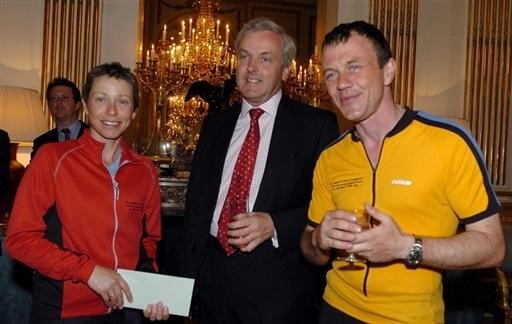
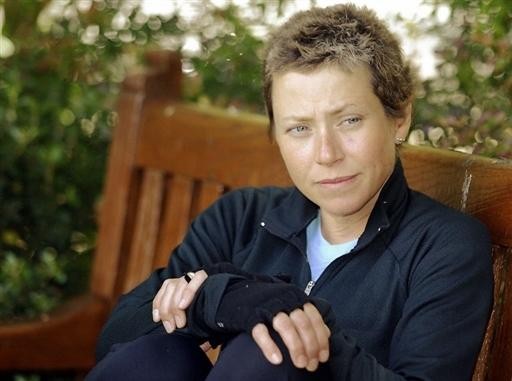
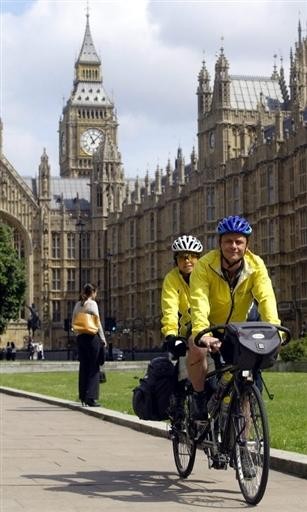
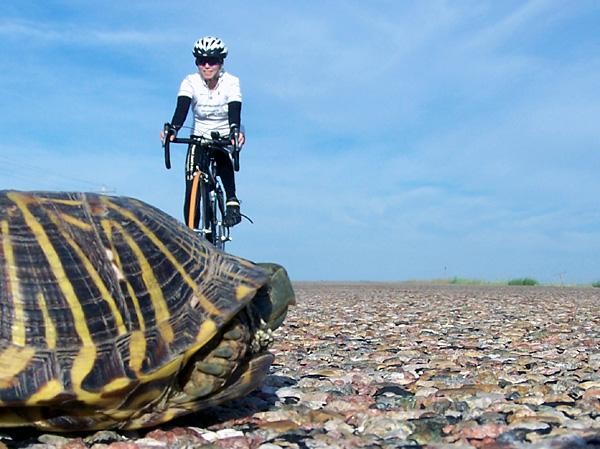
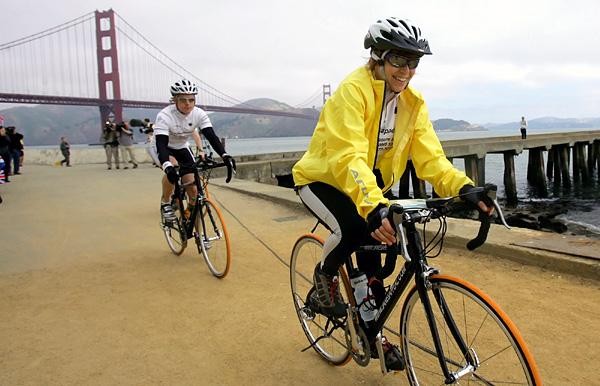




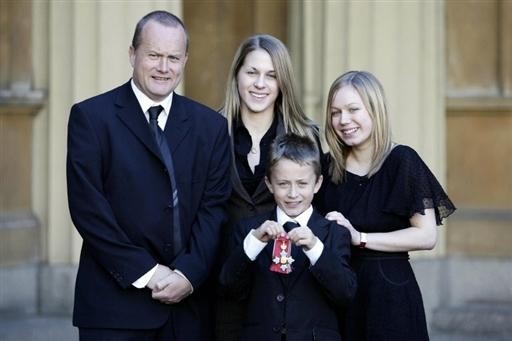
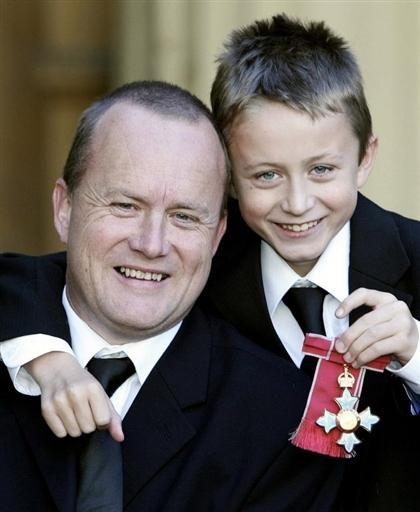
Tales from the peloton November 22, 2007
The recent passing of Jane Tomlinson brought to an end a remarkable fight against terminal cancer, but her memory, her achievements and her fund live on. She used her final years to raise almost £2 (€2.8) million for charity, with three very considerable cycling feats being part of that fundraising. One of those who accompanied her on her Ride Across America spoke to Cyclingnews' Shane Stokes about her incredible story.
Upon hearing the diagnosis of a terminal disease, most people would understandably crumble with the news. This wasn't the case for Jane Tomlinson, who was told in 2000 that she had an estimated six months to live. The then-36 year-old Leedswoman surprised her family when she took out a gym membership shortly afterwards, and then defied all expectations when she survived a further seven years.
During that time she embarked on a number of incredible challenges, using these both as a means to live life to the fullest and also to raise money for cancer charities. The Jane's Appeal organisation was set up and, to date, has raised £1.85 (€2.59) million.
Tomlinson's campaign began in 2001 with Cancer Research UK's Race for Life in Leeds and the 10-kilometre Abbey Dash. After several other big challenges (see sidebar), she took up endurance cycling and undertook the John O'Groats to Land's End ride in the spring of 2003. Starting in the northernmost tip of Scotland and dropping down to what is the extreme south-westward point of Great Britain in Cornwall, the ride traverses the whole of the island of Great Britain and is, taking the route followed by Tomlinson, over 1000 miles [1609 kilometres] in length.
Although she was undergoing chemotherapy at the time, she and her co-pilot, brother Luke Goward, successfully completed the trip. Then after more running events, including her second and third London Marathons, she and her brother embarked on their second major cycling challenge in May 2004. The Rome to Home ride took them 2500 miles [4023 kilometres] from the Italian capital to Leeds, passing over Mont Ventoux and many other daunting climbs along the way. It was tough, but worth it; the tandem bike ride saw her raise more than £232,000 (€324,000) in six weeks.
Later that year she did the Salford and London Triathlons, plus a second Gatorade Half-Ironman UK Triathlon. She met Ryan Bowd at two of these events as he was working in a PR capacity in Salford and at the half-Ironman. Impressed by her determination, he told her that she should consider something even bigger. To his surprise, she took him up on that.
Get The Leadout Newsletter
The latest race content, interviews, features, reviews and expert buying guides, direct to your inbox!
"At the time I said to her in a half-serious, half-joking tone, 'now that you have done this, you should do a full Ironman. And if you do decide to do that, I would be happy to help,'" he told Cyclingnews recently. "About six months later I got a call from [her husband] Mike saying, 'we will take you up on that offer.' We became friends from there."
Bowd, a senior lecturer in Leeds Metropolitan University, helped Tomlinson in the run-up to that challenge, which is one of the toughest in sport. He then became part of the Jane's Appeal fundraising push, and was one of those who accompanied her on her final big project, the 4,214-mile (6781-kilometre) Ride Across America from San Francisco to New York.
"In some ways Jane was incredibly ordinary, like the rest of us," he said. "She was stubborn, she was tough, she would use the occasional expletive, but she had this incredible determination. She also very much didn't view that being diagnosed as terminally ill was a death sentence for her. She saw it as an opportunity... she had an understanding of our own mortality and knew that she had limited time to create fantastic memories for her family. That needed to be a priority.
"She also realised that part of realising that your diagnosis isn't the end of the world is to carry on with your life. It's important not to drop goals, not to put off goals."
Pushing on
Tomlinson's feats were remarkable. Apart from the fact that she completed these gruelling endurance feats with cancer (and, at times, receiving chemotherapy around the time of her efforts), she also achieved all that having come into running, cycling and triathlon from a non-sporting background.
When asked about her activity level pre-diagnosis, Bowd underlined the massive change she made to her lifestyle in her final seven years. "Her background had been gardening. That was it. A big session for Jane was competitive weed killing," he says, with some humour.
"She decided to do goals that she hadn't done before. That said, one thing that is very important to get across is that although people were re-examining the way they look to terminal diagnosis because of what she was doing, she definitely did not want them to take that as a case that, 'you must go out and do an Ironman,' or 'you must go ride across America.' I know is that she would not want terminally-ill people to be disappointed if they are not doing what she did. That wasn't the lesson.
"For someone in that situation, creating those memories is about doing anything that will excite you. For some that might mean spending more time in the garden, or cooking more meals that you sit down as a family and eat together. It could be learning a language, it could be travelling. For Jane, she decided that she wanted to set new goals for herself and have new dreams. This is what they were."
When interviewed during her treatment, Tomlinson said that she was fortunate to have a relatively good reaction to chemotherapy. It can leave some people violently sick but she was able to continue to function and be active. That said, her exertions required a huge mental and physical effort, not least her final challenge, the Ride Across America.
The cancer had spread into her liver and bones by then, and she suffered greatly as a result. The effort of cycling wasn't the only pain she had to endure during those two long months. Indeed she became so worn out, so depleted in the final week that her husband Mike and fellow riders Bowd and Martyn Hollingworth feared that she would be forced to quit before reaching New York.
"There were lots of times throughout the journey when I didn't think I wanted to get on the bike or I was well enough to get on the bike," she told reporters after successfully completing the trip. "For quite a while halfway through the journey I wasn't sure I would be here at all."
However she made it, inspiring masses of people and notching up another incredible feat. Prior to that, she was reported to be the first person on chemotherapy to run the London Marathon, as well as being the first person with incurable cancer to complete a full Ironman. Riding from San Francisco to New York meant that she was also the first person with the terminal disease to cycle from coast to coast. That required massive levels of both courage and stubbornness.
Read part two.